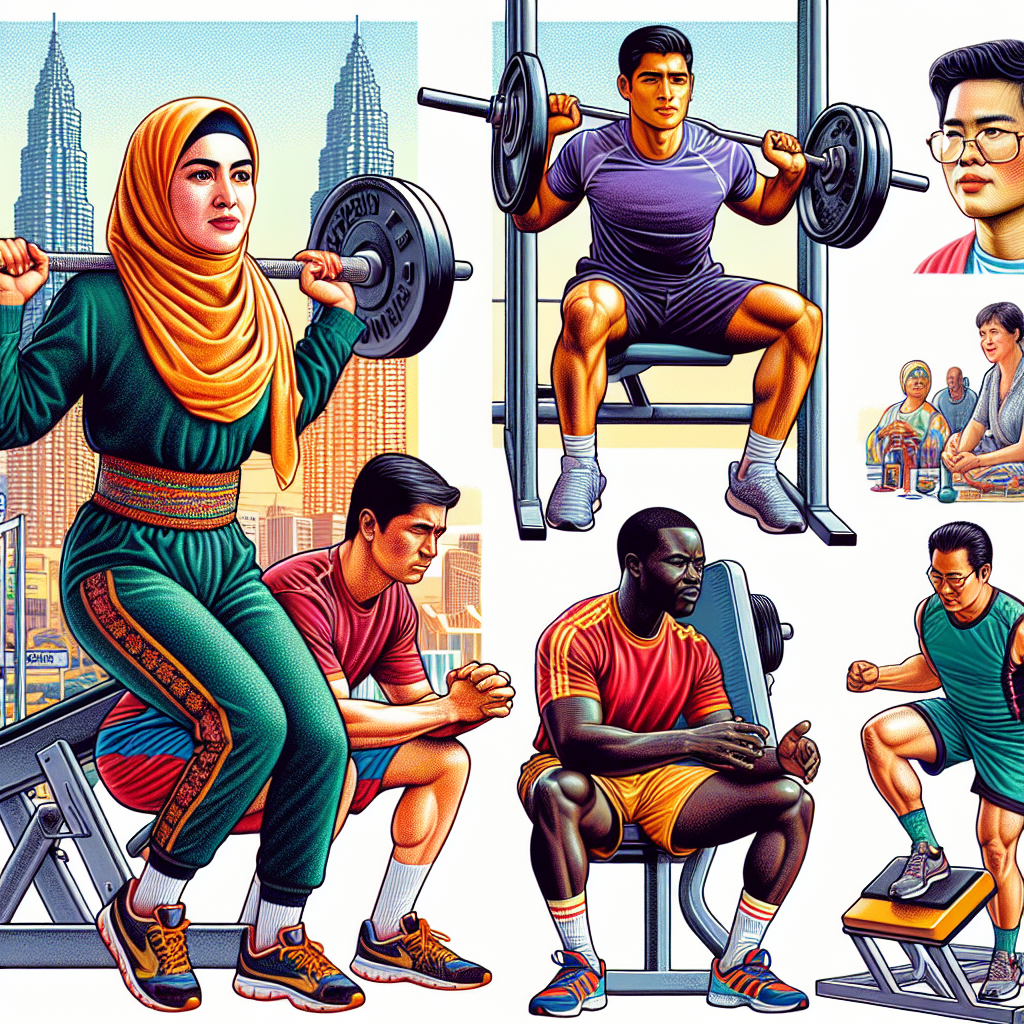
Why Leg Exercises Are the Foundation of Total Body Fitness
When it comes to crafting a comprehensive fitness regimen, the importance of leg exercises often flies under the radar. However, they are the linchpin of total body fitness, offering numerous benefits that extend beyond mere aesthetics. By engaging in leg exercises, individuals can significantly boost their overall strength, endurance, and functional mobility, thereby forming a solid foundation for athletic performance, daily activities, and overall health.
The Role of the Legs in Functional Movement
Every action we undertake—whether it’s walking, running, squatting, or climbing—hinges on the functioning of our legs. The lower body comprises some of the largest and strongest muscle groups in the body, including the quadriceps, hamstrings, glutes, and calves. By strengthening these muscles, we enhance our capability to perform everyday activities more efficiently and safely.
Leg exercises also improve functional movement patterns—complex combinations of movements that involve multiple joints and muscles working in concert. These patterns are crucial for athletic performance and are mirrored in various sports and activities, making leg workouts not just a necessity for athletes but for anyone looking to maximize their physical capabilities.
Boosting Metabolism and Burning Calories
Leg workouts are not just about building muscle; they are also incredibly effective for burning calories and boosting metabolism. Because the legs house the body’s largest muscle groups, working them can lead to a higher calorie expenditure both during and after your workout. This phenomenon is known as excess post-exercise oxygen consumption (EPOC), or the “afterburn” effect. Engaging in high-repetition leg workouts, such as squats, lunges, and deadlifts, can elevate your heart rate, kick-start your metabolism, and contribute to fat loss.
Enhancing Core Stability
Core stability is fundamental for maintaining balance and posture during movement, and leg exercises play a significant role in developing core strength. Many effective leg workouts also engage the core muscles, including the abdominals and lower back. For example, compound movements like squats and lunges require proper core engagement to maintain stability and alignment, leading to enhanced strength and balance throughout the entire body.
Injury Prevention and Joint Health
Strengthening the muscles around joints, particularly the knees, hips, and ankles, is vital for injury prevention. Leg exercises help improve joint stability and resilience, reducing the likelihood of injuries during physical activities. For instance, stronger quadriceps can support the knee joint, mitigating the chances of strains or other injuries. Additionally, incorporating flexibility and mobility work into your leg routine can further enhance joint health, promoting more extensive range of motion and flexibility.
Mental Health Benefits
Engaging in regular leg exercises can also have significant benefits for mental health. The release of endorphins during physical activity has been shown to enhance mood and reduce feelings of anxiety and depression. Moreover, the discipline and focus required for leg workouts can boost self-esteem and mental fortitude. Whether you’re pushing through the last few reps of a squat or powering through a long run, the mental resilience built through leg training can translate to various aspects of life.
A Strong Foundation for Other Exercises
Leg exercises serve as a robust foundation for a broader range of workouts, making them essential components in any fitness program. Strong legs translate to improved performance in upper body exercises and activities. For example, an individual with strong legs can perform deadlifts more effectively, as the power generated from the legs significantly contributes to lifting heavy weights. Additionally, leg strength is crucial for various forms of cardio training, such as running and cycling, enabling greater endurance and efficiency.
Conclusion
Leg exercises are undeniably the cornerstone of total body fitness. By focusing on the lower body, individuals not only develop strength and endurance but also foster enhanced core stability, joint health, and mental well-being. The myriad benefits that stem from engaging in leg workouts illustrate that these exercises are essential for achieving balanced and holistic fitness. Whether you are a seasoned athlete or a fitness novice, prioritizing leg exercises can pave the way for a stronger, healthier, and more agile body. So, lace up those sneakers and make leg day a regular part of your fitness journey—it’s a decision your body will thank you for!



